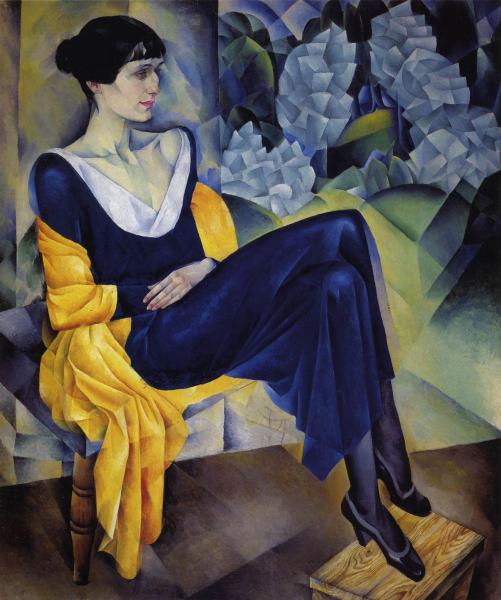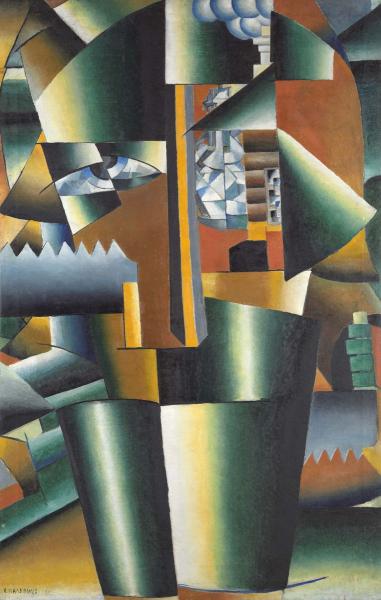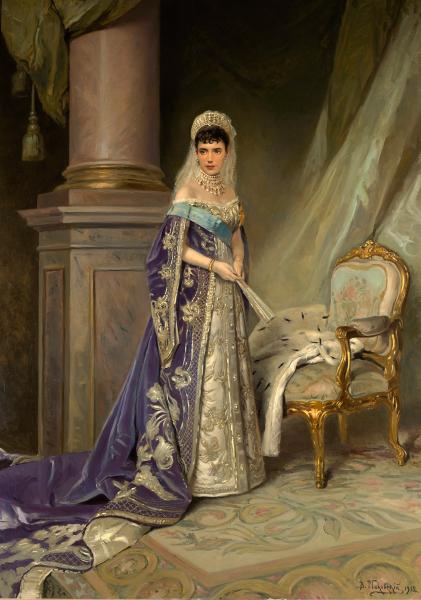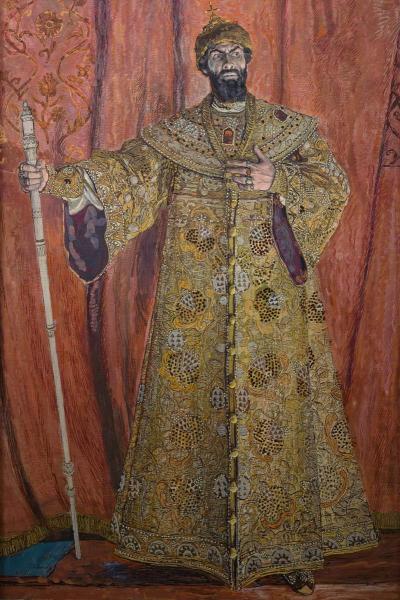The artist is Altman

One of the best works at Altman’s heritage, the portrait appeared under the impression of Akhmatova’s poems (at that time the author of the book “Evening”), as well as acquaintance with the poetess in 1911 in Paris and meetings with it in the St. Petersburg Believe “Wandering Dog”. She herself and her poetry seemed to the young artist an echo of the world of “joy of unprecedented”, associated with dreams of eternal, imperishable beauty. Anna Akhmatova is captured by the one that many contemporaries are remembered – a sad young woman, tall and slender, with a minted profile and an unchanged bangs, which is in a large shawl. Working on a portrait in a workshop on a cloud embankment, Altman refused to specify the situation. The poetess is depicted against the background of the landscape, the will of the author of the transformed into shining crystals, perceived as the world of abstract, exalted dreams. Intensive colors of clothing and transparent tones of the background sparkle on the canvas, like precious stones, emphasizing the sophistication and inspiration of the poetess. (AT. Prince.) Russian portrait. XX century: St. Petersburg, 2001. With. five.
Akhmatova (Gorenko) Anna Andreevna (1889–1966) – poet. Russian portrait. XX century: St. Petersburg, 2001. With. five.
By the time of the creation of the portrait, Anna Andreevna Akhmatova (1889–1966) was already a famous poet. The image created by the artist retained the pronounced appearance of Akhmatova and the properties of an original character, combining special closeness, sophistication of nature and features of majesty and even reigning. In the vast gallery of portraits of Akhmatova (from a. Modigliani to K. With. Petrova-Vodkin) This work is one of the best. The artist creates an image with expressive picturesque means: color contrasts, angular lines, somewhat cubicated – in the spirit of time – forms.


